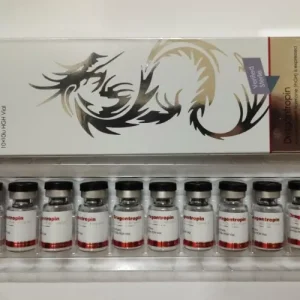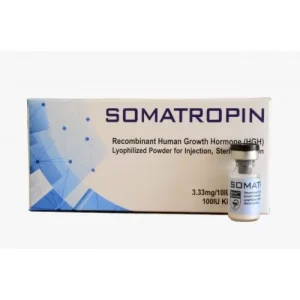Steroids
Reasons Why Steroids Aren’t as Dangerous as They Want to Think They Are
Steroids are plagued by mass amounts of negative attention, but with so many athletes, bodybuilders and others using them safely, it makes you wonder if they’re really as dangerous as all the hype would have you believe. And the answer is a resounding “no”.
Steroids are a safe and normal part of bodybuilding for anyone who wants them, and because we want you to feel safe in your choice we’ve put together the top reasons why steroids aren’t as dangerous as they want you to think they are.
1) Athletes Use Them:

While not everything that others do may be right for you, this is one case where you can feel safe in following the lead of others. Athletes and a shocking amount use steroids all year round to enhance their performance and physiques.
Athletes have a vested interest in keeping themselves healthy; after all, they get paid millions of dollars a year to keep them in top physical condition. So why would they jeopardize their health and subsequently their own careers by using steroids? Simple: they wouldn’t.
Must Read: The History Of Steroid Use By Athletes
Athletes use steroids, despite the regulations banning them, because steroids work and keep them at peak performance. Nothing that’s unsafe truly “works” and if steroids didn’t work, athletes wouldn’t turn to them time and time again.
2) Steroids Are Modeled After The Body:

Steroids are different from any other drug because they aren’t pharmaceutical supplements meant to force the body into doing something it doesn’t already do naturally. Steroids are just a synthetic copy of testosterone, the natural hormone already produced by your body. They only enhance a process the body already does, which is why they are so much more effective than other medications or supplements which can be tricky to predict the reactions they’ll have in different body types.
3) Doctors Prescribe Steroids:

It’s easy to think with all the negative attention that surrounds them, that steroids are completely forbidden and totally off the market. But this is not the case. Doctors have been providing and prescribing steroids to their patients for decades in the forms of pills, patches or creams, and they do so at a high rate to treat a multitude of medical issues in both men and women of all ages.
Must Read: 4 Diseases We Can Treat with Steroids
Steroids can be used to correct low sex drive, male pattern baldness, delayed puberty, delayed growth, menstrual or menopausal issues and even pain conditions. Doctors wouldn’t prescribe steroids for such a cast amount of medical conditions all across the board from different genders to ages if they were really considered dangerous.
The True Dangers of Steroids:

Steroids do have side effects but just like all enhancement drugs or supplements, and they aren’t as bad as some people would have you think. The side effects of steroids can result in the development of breasts in men, or in rare cases a decreased sex drive. In women, steroids can cause hair loss from the scalp and cause bodily hair growth or even thickening. Steroids can also cause a deepening of the voice in both sexes and lead to early onset of puberty in children and adolescents.
However, the most common side effects are the mood swings typically referred to as “roid rage”. This can sometimes result in violent yelling, physical outburst or simply unprovoked and frequent anger.
Why They Want You to Think Steroids Are Dangerous?

Steroids became one of the “bad guys” during a time period when drug use of all kinds was prevalent. In an effort to crack down on all enhancements, any and all drugs were named illegal, including ones not known to cause any damage. This was a natural solution for the FDA and government to limit all drug use and made it so they didn’t have to write many laws for grey areas.
But as time, science and consumer needs marched on grey areas were expanded making room for the world of vitamins and supplements, and energy drinks. The people wanted ways to be more physically fit and healthy and steroids were able to make a comeback by using a supplement loophole. Supplements, no matter how unhealthy, cannot be regulated by the FDA if they contain natural herbs so long as they are sold with a medical warning. Now even though steroids aren’t harmful to the body the new “war on drugs” makes it too difficult for the FDA to repeal bans on them.
Many also believe that the sports industry and associations play a huge factor in the legal woes of steroids. These associations argue that enhancement drugs make it too difficult to regulate a level playing field among athletes and therefore disqualify any athlete caught with drugs in their system.
Must Read Our Article: When Steroids Begin to Be Dangerous For Your Health
The real reason behind this ban though is said that because steroids have such a bad rap as “doping” drugs that the bad press and media attention from steroids scandals creates too big of a financial loss for sports associations. When an athlete is caught with illegal substances in their systems they lose credibility as role models, lose sponsorship, and lose fans. This means fewer ticket sales, fewer purchases of fan material and fewer people watching on TV.
How to Take Steroids Safely?

Like all medications and enhancement supplements, there’s a right and wrong way to take them. While steroids are considered incredibly safe for use and non-habit forming, if you take them in too high of doses or have any underlying medical conditions there’s always a possibility for bad side effects or negative reactions.
To make sure you’re staying within the limits of safety keep track of all medications you take, both prescription and over the counter and even any vitamins to make sure you aren’t overdosing on any ingredients. You should also contact your physician if you notice any negative or concerning changes with your behavior or body.
Must Read: Golden Rules of Steroids Use
Steroids aren’t at all as dangerous as the media and government institutions would like you to think they are and are a perfectly safe way to supplement your bodybuilding routine. When steroids are used safely they help create muscles beyond compare and enable us to obtain power through our bodies.
Steroids
Decoding IGF-1 LR3: A Guide to its Benefits
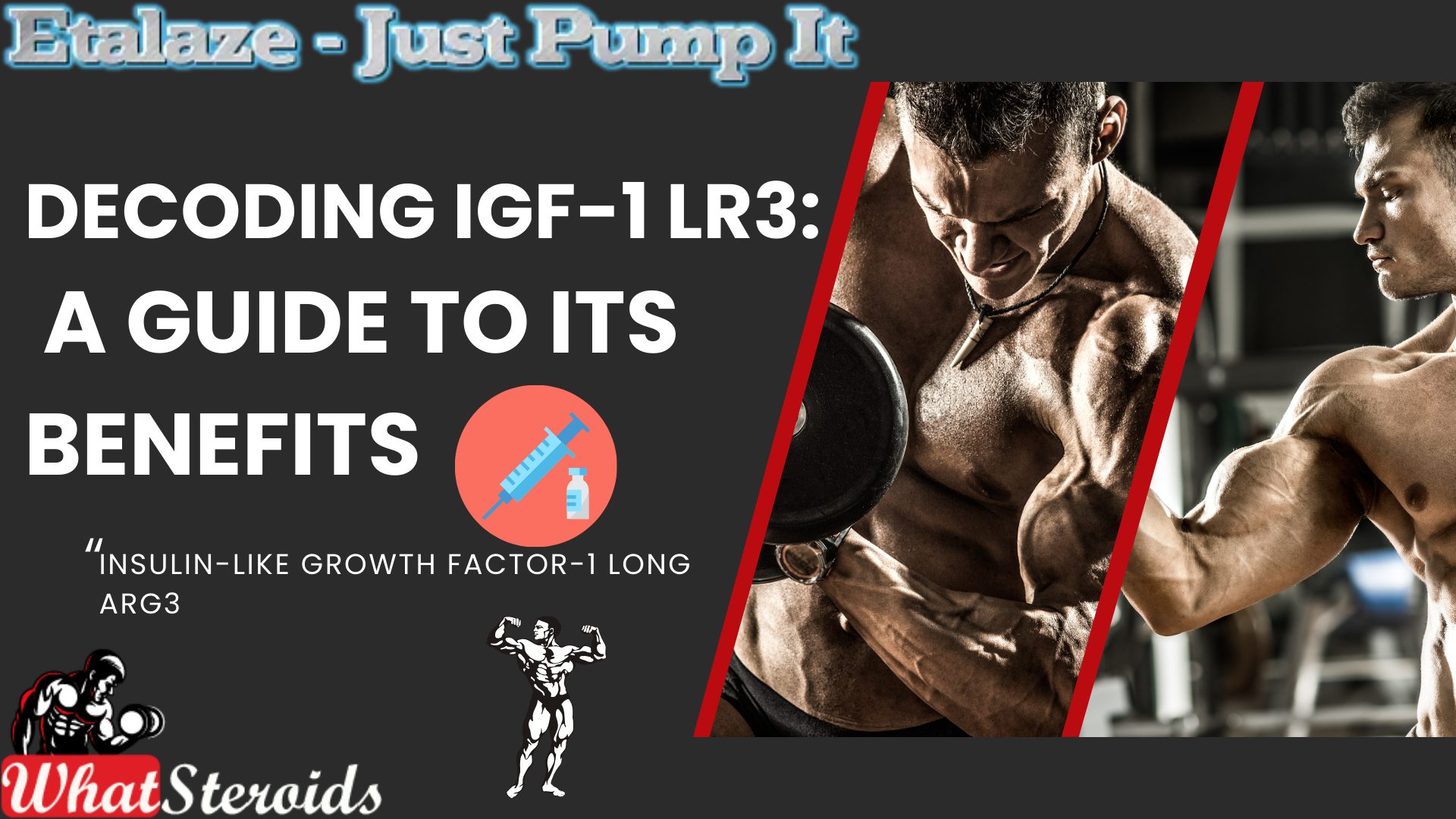
IGF-1 LR3 (Insulin-like Growth Factor-1 Long Arg3) is a synthetic variant of IGF-1, a hormone produced by the liver in response to growth hormone (GH). Unlike GH, which works indirectly, IGF-1 directly facilitates the growth and repair of muscle cells.
Related Article: Ostarine for Beginners; The Ultimate Guide
This modified version of IGF-1 is engineered to avoid binding with IGF-binding proteins, extending its half-life to 20–30 hours. As a result, it remains active in the body significantly longer than natural IGF-1.
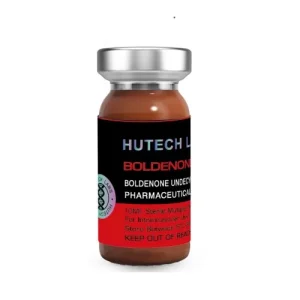 Click here to BuyBoldenone 300 by Hutech
Click here to BuyBoldenone 300 by Hutech
Many performance athletes incorporate IGF-1 LR3 post-workout to enhance muscle growth, speed up recovery, and support fat loss. When injected into specific muscle groups, it often produces localized effects. Additionally, it helps with nutrient distribution and, in some cases, improves insulin sensitivity.
On the other hand, human growth hormone (HGH) operates more broadly and indirectly, stimulating the liver to produce IGF-1 and offering more systemic benefits such as improved skin health, joint support, and fat reduction, albeit at a slower pace.
Typical IGF-1 LR3 doses range from 20–50 mcg daily, administered subcutaneously or intramuscularly, often following a workout.
Key Features of IGF-1 LR3
Enhanced Bioavailability: It avoids binding with IGF-binding proteins, increasing its potency.
Muscle Growth & Repair: Directly stimulates muscle cell proliferation and differentiation.
Improved Nutrient Distribution: Helps shuttle nutrients into muscle cells, supporting recovery.
Potential Fat Loss Benefits: Some users report improved insulin sensitivity and fat metabolism.
Mechanism of Action
IGF-1 LR3 interacts with IGF-1 receptors on muscle cells, activating pathways like PI3K-AKT and MAPK, which are crucial for cell growth and regeneration. This makes it a powerful tool for bodybuilders and athletes looking to optimize recovery and muscle development.
What Are the Top 10 Alternatives to IGF-1 LR3?
Here are some of the top alternatives to IGF-1 LR3, each with unique benefits for muscle growth, recovery, and performance:
BPC-157 – Known for its regenerative properties, it enhances healing and tissue repair.
CJC-1295 – A growth hormone-releasing peptide that boosts GH levels for muscle development.
Ipamorelin – Stimulates GH release with minimal side effects, making it a safer option.
MK-677 (Ibutamoren) – A potent GH secretagogue that promotes muscle growth and fat loss.
Sermorelin – Encourages natural GH production, supporting recovery and lean muscle gains.
Tesamorelin – Primarily used for fat loss, but also aids in muscle preservation.
Follistatin-344 – Inhibits myostatin, allowing for increased muscle hypertrophy.
PEG-MGF (Pegylated Mechano Growth Factor) – Enhances muscle repair and growth post-exercise.
GHRP-6 – Stimulates appetite and GH release, supporting muscle mass gains.
GHRP-2 – Similar to GHRP-6 but with fewer hunger-related side effects.
Each of these peptides has distinct mechanisms and benefits.
Must Read: Are Nootropics a Better Option to AAS?
Potential Risks Associated With IGF-1 LR3
IGF-1 LR3 comes with several potential risks, especially for bodybuilders using it to enhance muscle growth. Here are some key concerns:
Hypoglycemia (Low Blood Sugar) – IGF-1 LR3 increases glucose uptake in muscle cells, which can lead to dangerously low blood sugar levels if not managed properly.
Organ Growth – Since IGF-1 affects all tissues, excessive use may lead to unwanted growth in organs, increasing health risks.
Cancer Risk – IGF-1 plays a role in cell proliferation, and elevated levels have been linked to an increased risk of certain cancers.
Water Retention & Edema – Some users experience bloating and fluid retention, which can affect performance and aesthetics.
Joint Pain & Stiffness – Excessive IGF-1 levels may contribute to joint discomfort due to increased tissue growth.
Cardiovascular Issues – There is some concern that IGF-1 LR3 could contribute to heart enlargement or other cardiovascular complications.
Desensitization – Long-term use may reduce the body's natural IGF-1 production, leading to dependency
Overall
IGF-1 LR3's ability to bypass IGF-binding proteins makes it more potent but also increases the likelihood of desensitization with prolonged use. For those considering it, careful dosing and monitoring are crucial to mitigate side effects.
Steroids
AOD-9604: The Fat-Burning Peptide Explained
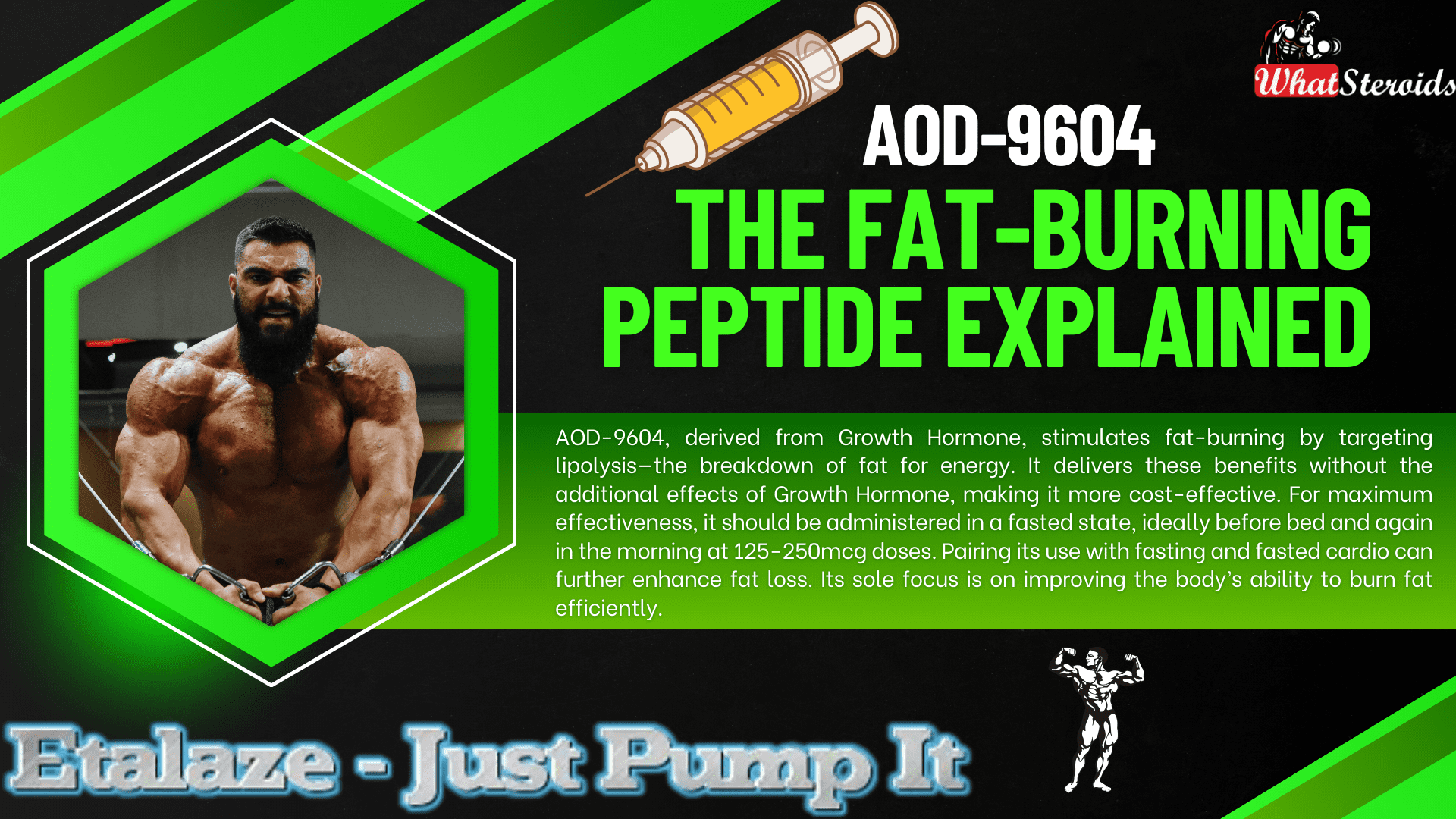
AOD-9604, along with the similar HGH Frag 176-191, is a peptide derived from Growth Hormone that includes only the amino acids in HGH responsible for stimulating fat breakdown, known as lipolysis.
This means that these peptides offer the fat-burning benefits of HGH without its other effects—whether beneficial or adverse—and come at a lower cost.
Related Article: Anavar Cycle for Men and Women
Lipolysis refers to the process where fat cells are broken down to be utilized as energy. AOD-9604 promotes accelerated fat loss by increasing the body's use of fat as fuel.
For optimal results, the peptides should be used in a fasted state. AOD-9604 and Frag 176-191 are most effective when administered at a dose of 125-250mcg before bedtime (at least 3-4 hours after eating) and in the morning at the same dose, followed by a fasting period of 3-4 hours, ideally combined with fasted cardio.
Check Out Dragontropin HGH 100 IU by Dragon Pharma
Similar Peptides with Fat-Burning Effect
Here’s a list of 10 peptides similar to AOD-9604, each with a brief description:
Ipamorelin: A growth hormone-releasing peptide (GHRP) that stimulates the natural release of growth hormone, promoting fat loss, muscle growth, and improved recovery without affecting other hormones like cortisol or prolactin.
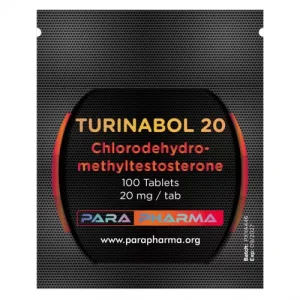 Click Here to Buy: Turinabol 20 by Para Pharma
Click Here to Buy: Turinabol 20 by Para Pharma
CJC-1295: A peptide that increases growth hormone and IGF-1 levels, aiding in fat loss, muscle gain, and improved sleep quality. It has a long half-life, making it convenient for users.
HGH Frag 176-191: A fragment of human growth hormone specifically designed for fat-burning. It targets adipose tissue without the broader effects of full-length HGH.
Tesamorelin: Known for reducing visceral fat, this peptide stimulates the release of growth hormone and is often used for weight management and metabolic health.
BPC-157: While primarily known for healing and recovery, BPC-157 can support fat loss indirectly by improving gut health and reducing inflammation.
Melanotan II: Originally developed for skin tanning, it also has appetite-suppressing properties, making it useful for weight management.
Thymosin Beta-4 (TB-500): Focused on healing and recovery, it can enhance physical performance and indirectly support fat loss through improved activity levels.
GHRP-6: A growth hormone-releasing peptide that boosts appetite and metabolism, aiding in muscle growth and fat loss.
Semaglutide: A GLP-1 receptor agonist that regulates appetite and blood sugar levels, making it effective for weight loss and metabolic health.
MK-677 (Ibutamoren): A growth hormone secretagogue that increases growth hormone and IGF-1 levels, promoting fat loss, muscle gain, and improved recovery.
List of Peptides With a Counteractive Effect Bodybuilders Must Avoid
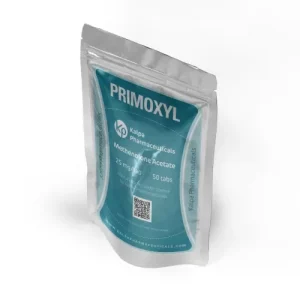 Click Here to Buy Primoxyl 25 by Kalpa Pharmaceuticals
Click Here to Buy Primoxyl 25 by Kalpa Pharmaceuticals
Some peptides can inadvertently lead to fat gain due to their effects on metabolism and appetite regulation. Here are a few that bodybuilders might want to avoid or use cautiously:
- GHRP-6 – While it stimulates growth hormone release, it also significantly increases appetite, which can lead to excess calorie consumption and fat gain.
- IGF-1 LR3 – This peptide enhances muscle growth but can also promote fat storage if not carefully managed with diet and training.
- MK-677 (Ibutamoren) – Though technically a growth hormone secretagogue rather than a peptide, it boosts GH levels but often leads to increased hunger and potential fat accumulation.
- CJC-1295 with DAC – While effective for muscle growth, its prolonged GH release can sometimes lead to unwanted fat retention if not paired with a strict diet
Overall
AOD-9604, derived from Growth Hormone, stimulates fat-burning by targeting lipolysis—the breakdown of fat for energy. It delivers these benefits without the additional effects of Growth Hormone, making it more cost-effective. For maximum effectiveness, it should be administered in a fasted state, ideally before bed and again in the morning at 125-250mcg doses. Pairing its use with fasting and fasted cardio can further enhance fat loss. Its sole focus is on improving the body’s ability to burn fat efficiently.
Read More: How Much Do You Know About B-AET? A Fat Burner You’ve Been Missing
Bodybuilding
Understanding Trenbolone-Induced Cough (“Tren Cough”)
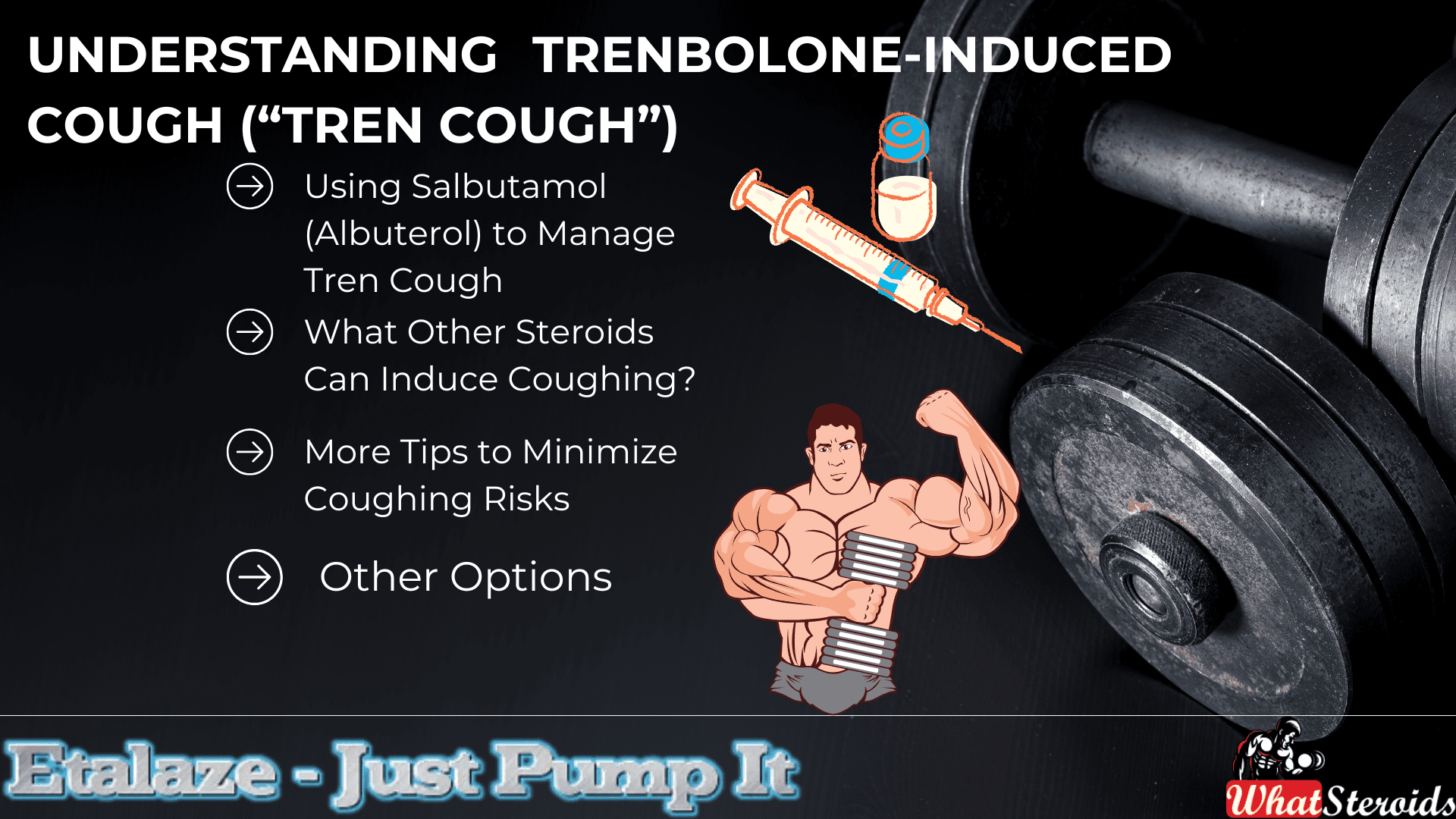
Trenbolone, a potent anabolic steroid, can sometimes cause “tren cough”—a sudden and intense coughing episode shortly after injection. Although not exclusive to Trenbolone, it is more commonly associated with this substance due to its highly irritant nature.
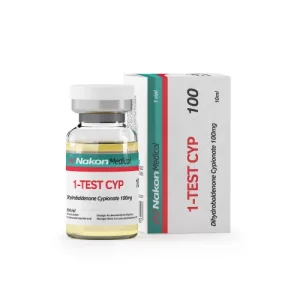 Click Here To Buy 1-Test Cyp 100 by Nakon Medical
Click Here To Buy 1-Test Cyp 100 by Nakon Medical
Mechanisms Behind Tren Cough
Solvent and Carrier Irritation
Trenbolone formulations often include volatile solvents like benzyl alcohol or benzyl benzoate, which may irritate lung tissues when absorbed quickly into systemic circulation.
Prostaglandin Release
Trenbolone promotes increased production of prostaglandins, particularly PGF2α. This compound triggers contraction in the smooth muscles of the lungs, leading to bronchoconstriction and coughing.
Micro-Oil Embolism
Tiny oil droplets from an injection can reach capillaries and travel to the lungs, causing mild embolic reactions that lead to temporary oxygen deprivation and coughing.
Histamine and Mast Cell Activation
For some individuals, Trenbolone triggers histamine release and mast cell activation, mimicking an allergic response and causing bronchospasms and cough reflexes.
Related Article: Best Syringes for Steroid Injection on Amazon
Using Salbutamol (Albuterol) to Manage Tren Cough
- Salbutamol, a widely-used β2-adrenergic receptor agonist, can alleviate tren cough symptoms by:
- Relaxing bronchial muscles, easing spasms that cause coughing.
- Inhibiting prostaglandin effects, reducing bronchoconstriction associated with PGF2α.
- Opening airways, preventing severe respiratory restrictions in susceptible individuals.
Application Methods
Inhaler (Optimal)
Take 1–2 puffs of salbutamol (100–200 mcg) 5–10 minutes before a Trenbolone injection. If coughing occurs afterward, additional puffs can swiftly resolve the issue.
Oral Tablets (Moderate)
Consuming 2–4 mg tablets 30–60 minutes before injection offers slower, longer-lasting relief but may be less effective than inhalation methods.
Nebulizer (Severe Cases)
For individuals with frequent episodes, nebulized doses of 2.5 mg salbutamol can provide substantial relief.
Preventive Measures to Reduce Tren Cough Risk
- Inject slowly to minimize systemic absorption and irritant effects.
- Split doses to lower reaction severity with smaller quantities.
- Opt for ventrogluteal injection sites, which have fewer blood vessels, reducing oil embolism risk.
- Choose lower-concentration solutions to lessen irritation, as higher concentrations (e.g., Tren Ace 200 mg/ml) are more likely to provoke reactions.
What Other Steroids Can Induce Coughing?
Here's a curated list of peptides, SARMs, and PEDs that may potentially cause coughing or respiratory irritation in bodybuilders and fitness enthusiasts:
Peptides
IGF-1 LR3 (Insulin-like Growth Factor): Known for its anabolic effects, IGF-1 LR3 can occasionally cause mild respiratory irritation due to systemic absorption.
TB-500 (Thymosin Beta-4): While rare, improper injection techniques or high doses may lead to transient coughing episodes.
GHRP-6 (Growth Hormone-Releasing Peptide): This peptide can stimulate histamine release, potentially leading to bronchospasms and coughing.
SARMs (Selective Androgen Receptor Modulators)
RAD-140: (Testolone) Some users report throat irritation or coughing, often attributed to solvents used in liquid formulations.
YK-11: Known for its myostatin-inhibiting properties, YK-11 may cause mild respiratory discomfort in sensitive individuals.
LGD-4033 (Ligandrol): Though uncommon, some users experience coughing due to carrier solvents or allergic-like reactions.
PEDs (Performance-Enhancing Drugs)
Boldenone Undecylenate (Equipoise): This injectable steroid can cause “Equipoise cough,” similar to tren cough, due to oil embolism or irritant solvents.
Testosterone Suspension: The water-based formulation may lead to coughing episodes if injected improperly or absorbed rapidly.
Nandrolone Decanoate (Deca-Durabolin): While less common, coughing can occur due to histamine release or systemic irritation.
More Tips to Minimize Coughing Risks
- Use proper injection techniques to avoid embolic reactions.
- Opt for lower-concentration solutions to reduce irritant effects.
- Consider antihistamines or bronchodilators for individuals prone to respiratory sensitivity.
Read More: Joint Stiffness: How to Manage It While on AAS
Are There Alternatives to Cough-inducing Steroids?
Here are some alternatives to cough-inducing steroids that can provide similar anabolic effects while minimizing respiratory irritation:
Peptides
IGF-1 LR3 (Insulin-like Growth Factor)
Promotes muscle growth and recovery without the irritant properties of certain steroids.
TB-500 (Thymosin Beta-4)
Enhances tissue repair and reduces inflammation, making it a safer option for recovery.
BPC-157 (Body Protection Compound)
Known for its healing properties, it supports muscle repair and joint health.
SARMs (Selective Androgen Receptor Modulators)
RAD-140 (Testolone)
Provides significant muscle-building effects with fewer systemic side effects compared to traditional steroids.
LGD-4033 (Ligandrol)
Boosts lean muscle mass and strength without the risk of respiratory irritation.
MK-677 (Ibutamoren)
Stimulates growth hormone release, aiding in muscle growth and recovery.
Natural Alternatives
Turkesterone
A plant-based ecdysteroid that supports muscle protein synthesis and recovery.
Ecdysterone
Another natural compound that mimics anabolic effects without the harsh side effects.
Creatine Monohydrate
Enhances strength and muscle mass through improved energy production during workouts.
Other Options
Human Growth Hormone (HGH)
Promotes muscle growth and fat loss, though it requires careful monitoring due to potential side effects.
Testosterone Boosters
Natural supplements like D-Aspartic Acid or Tribulus Terrestris can help optimize testosterone levels for muscle growth.
SARMs Alternatives
Legal and safer versions of SARMs are available, offering similar benefits without the risks associated with traditional SARMs.
Overall
We have explored the phenomenon of "tren cough," a sudden, intense coughing episode often caused by Trenbolone injections due to factors like solvent irritation, prostaglandin release, micro-oil embolism, or histamine activation. Preventive measures such as using salbutamol (via inhaler, oral tablets, or nebulizer), injecting slowly, splitting doses, and opting for lower-concentration solutions were highlighted.
Additionally, alternative compounds to tren cough-inducing steroids were discussed, including peptides like IGF-1 LR3 and TB-500, SARMs such as RAD-140 and LGD-4033, and natural options like Turkesterone, ecdysterone, and creatine. These alternatives provide anabolic effects while minimizing respiratory side effects. The conversation also underscored the importance of proper injection techniques and thoughtful compound selection to reduce risks.
-

 Steroids2 years ago
Steroids2 years agoShavers and Other Body Grooming Equipment for Bodybuilders In 2023
-

 Steroids2 years ago
Steroids2 years agoChatGPT and Other Avenues to Find Great Bodybuilding Coaches
-

 Steroids2 years ago
Steroids2 years agoBest Oil Recommendations Before Competition for Subtle Shimmer
-

 Steroids2 years ago
Steroids2 years agoPowerlifting Vs Power Building: Find Out the Big Difference and When to Shift Between the Two
-

 Nutrition2 years ago
Nutrition2 years agoEverything Nutritional Food: What’s Too Much Or Too Little
-

 Bodybuilding Products1 year ago
Bodybuilding Products1 year agoTelmisartan In Bodybuilding: An Expert’s Advice
-

 Bodybuilding8 months ago
Bodybuilding8 months agoPrimal Movements: Our Ultimate Guide for Maximum Results
-

 Bodybuilding1 year ago
Bodybuilding1 year agoChia Seeds in A Bodybuilder’s Diet: An Expert’s Advice
-
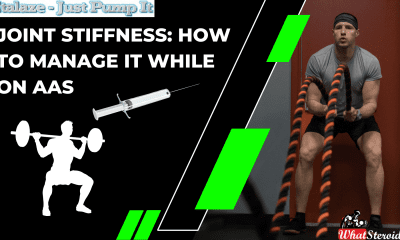
 Anabolic Steroids10 months ago
Anabolic Steroids10 months agoJoint Stiffness: How to Manage It While on AAS
-
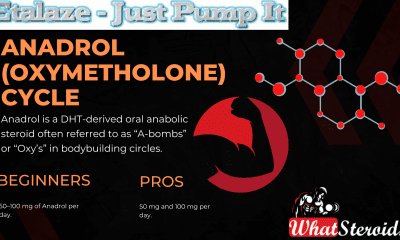
 Steroids1 year ago
Steroids1 year agoAnadrol Cycle: Benefits, Doses, Alternatives, etc.
-

 Anabolic Steroids1 year ago
Anabolic Steroids1 year agoLegality of Anabolic Steroids In Latin America
-

 Beginners2 years ago
Beginners2 years agoTren Cycle for Beginners
-
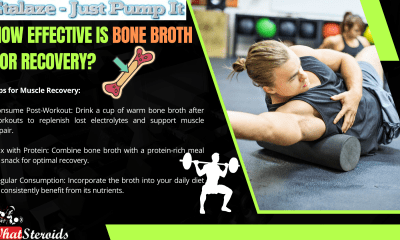
 Bodybuilding9 months ago
Bodybuilding9 months agoHow Effective is Bone Broth for Recovery?
-
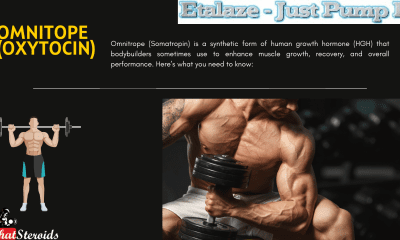
 Steroids10 months ago
Steroids10 months agoOmnitope (Oxytocin)
-

 Bodybuilding1 year ago
Bodybuilding1 year agoHow Much Is Too Much Cardio? Understanding Heart Rate Zones
-
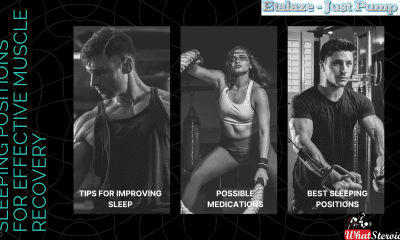
 Steroids9 months ago
Steroids9 months agoSleeping Positions for Effective Muscle Recovery
-

 Bodybuilding1 year ago
Bodybuilding1 year agoList of FDA-Approved Peptides
-

 Bodybuilding2 years ago
Bodybuilding2 years agoCompetition Prep Cycle for Pro Bodybuilders
-

 Bodybuilding1 year ago
Bodybuilding1 year agoCalorie Dumping: A Bodybuilder’s Guide
-
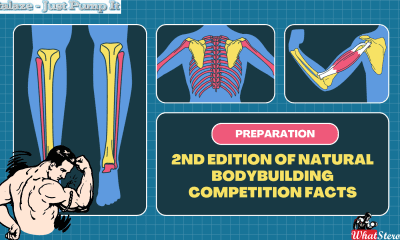
 Bodybuilding8 months ago
Bodybuilding8 months ago2nd Edition of Natural Bodybuilding Competition Facts
-
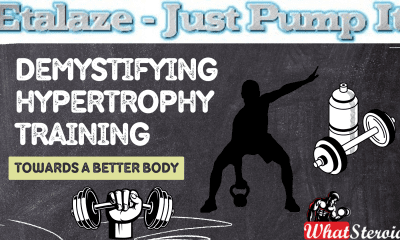
 Bodybuilding1 year ago
Bodybuilding1 year agoDemystifying Hypertrophy Training
-
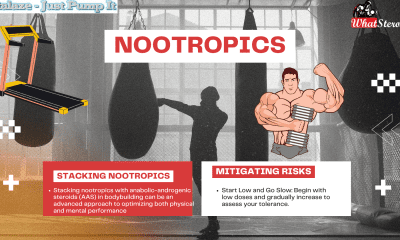
 Bodybuilding9 months ago
Bodybuilding9 months agoAre Nootropics a Better Option to AAS?
-
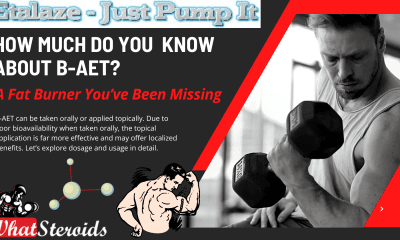
 Anabolic Steroids12 months ago
Anabolic Steroids12 months agoHow Much Do You Know About B-AET? A Fat Burner You’ve Been Missing
-
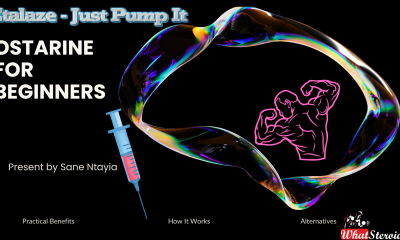
 Steroids4 months ago
Steroids4 months agoOstarine For Beginners: The Ultimate Guide
-

 Product Reviews12 months ago
Product Reviews12 months agoTop Vitamins for Skin Health

















